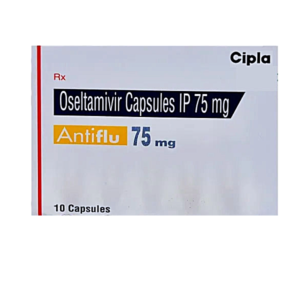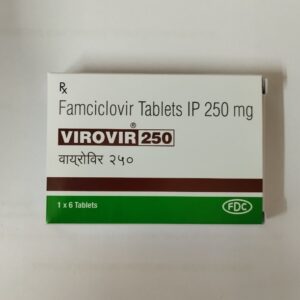Product Description
Didanosine is an antiretroviral medication used in the treatment of HIV (human immunodeficiency virus) infection. Below is a comprehensive description of Didanosine capsules:
- Generic Name: Didanosine
- Class:
- Nucleoside Reverse Transcriptase Inhibitor (NRTI): Didanosine is a nucleoside analogue that inhibits the reverse transcriptase enzyme, crucial for the replication of HIV.
- Brand Name:
- Didanosine is often sold under various brand names.
- Indications:
- Treatment of HIV-1 infection in combination with other antiretroviral agents.
- Mechanism of Action:
- Didanosine is converted intracellularly to its active form, dideoxyadenosine triphosphate (ddATP).
- ddATP competes with natural deoxyadenosine triphosphate as a substrate for reverse transcriptase, leading to chain termination during viral DNA synthesis.
- Dosage:
- The dosage may vary based on the patient’s weight, renal function, and other factors.
- Didanosine is typically administered orally in the form of capsules.
- Common Side Effects:
- Common side effects may include diarrhea, nausea, abdominal pain, and headache.
- Peripheral neuropathy and pancreatitis are potential serious side effects.
- Precautions:
- Didanosine should be used with caution in patients with a history of pancreatitis or peripheral neuropathy.
- Regular monitoring of blood counts, liver function, and viral load is important during treatment.
- Contraindications:
- Hypersensitivity to didanosine or any of its components.
- Pregnancy and Breastfeeding:
- The use of didanosine during pregnancy is generally considered when the benefits outweigh potential risks.
- Breastfeeding is not recommended due to the potential risk of transmission of HIV to the infant.
- Duration of Treatment:
- The duration of treatment is typically long-term and is determined by the overall management plan for HIV.
- Combination Therapy:
- Didanosine is often used in combination with other antiretroviral medications as part of a highly active antiretroviral therapy (HAART) regimen.
- Onset of Action:
- Didanosine starts to exert its antiviral effect upon administration.
- Follow-up Care:
- Regular follow-up with a healthcare provider is essential to monitor treatment response, side effects, and adjust the dosage if needed.
It’s crucial for individuals to use Didanosine under the guidance of a healthcare professional and to follow the prescribed dosage and instructions. Antiretroviral therapy is a complex and individualized treatment, and decisions regarding medications are based on various factors, including viral load, CD4 count, and potential drug interactions.






